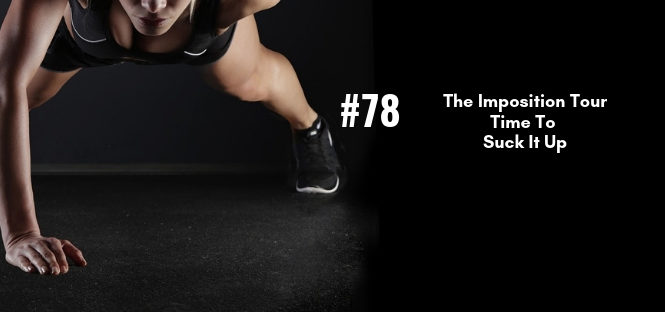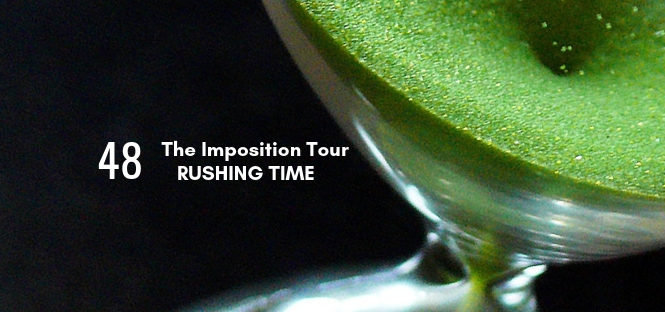The minutes that I spent waiting for Lou in that hospital felt bloated.
An hour still had 60 minutes, but each of those minutes felt like it weighed more or lasted longer than it should. On our first day at the University of Minnesota Medical Center, Lou spent close to 11 hours on that gurney, and each hour was oppressive and filled with lots and lots of pain. It was exhausting for me, too. I spent most of my time sitting by myself in a sub-zero waiting area.
Eventually, I became uncomfortably numb.
Nurses and interns were always wheeling Lou to some other part of the hospital for tests and scans, and I couldn’t tag along even if I wanted to. So all I could do was hope and pray that they were finally able to figure out what was wrong with him.
But I really shouldn’t complain about all the waiting I did. I had it easy compared to Lou. The kinds of tests the doctors needed to run in order to diagnose Lou’s condition required multiple entries into his body through his two main “exits.” One or two of these types of tests are awful, but I eventually lost count of how many tests they ran on Lou’s poor old schmeckle. (Trust me. There were a lot.)
However, I was present for a couple of the most memorably awful ones.
During one such time, one of the many urology nurses on Lou’s case inserted a balloon catheter so she could blow up the balloon inside of his bladder during a scan — which was obviously quite painful. But that pain was nothing. It was when the nurse didn’t fully deflate the balloon before she started to pull the catheter out of Lou’s body that his automatic pain reflexes kicked in, and he nearly decked the nurse.
Luckily, she ducked.
After that, a different urology nurse — this one was an elderly Asian man with very broken English — was trying to insert a new catheter to help Lou “fee mo cof-ta-bowl.” Lou’s bladder had been getting too full, and he wasn’t eliminating well on his own, so we were assured that this catheter would give Lou’s kidneys and bladder a chance to fully relax.
But the male nurse seemed to forget that Lou was a living, breathing human being — not a catheter-insertion practice mannequin! He kept trying different gauges of tubing, which meant he’d insert the tube, change his mind, and then pull it out again! No matter how many apologies the nurse offered, Lou was beyond consolation.
Lou also had a horribly painful prostate biopsy — which I thankfully missed — along with dozens of other evaluations, scans and tests while he was in the urology wing.
So by the time they wheeled Lou back to me that evening, he was as weak as a kitten, and even a gentle rub on his arm seemed to hurt him. But with all of the tests completed, a nurse finally brought Lou a small paper cup with two Advil in it. It was the first time Lou had been given anything all day to help him cope with the pain.
We were finally sent “home” to await a phone call from the urology office. They had a pretty packed schedule, but they were going to try to fit Lou in somehow after they got all of the test results back. Lou was eventually fitted with what the latest nurse called a “walking cath bag.” It was basically just a long tube connecting Lou’s bladder to a bag that was strapped to his ankle with two strips of Velcro. The bag had a little spout that I could flip open to empty it. The nurse showed me how to drain the bag into a pitcher, and then made a point to remind me to re-clip the spout.
The nurse explained that because Lou is so tall, he wouldn’t be able to empty the bag properly any other way than with my help. If Lou lifted his leg too high, the movement of the catheter might actually injure him, so I was going to need to keep an eye on the bag to make sure it was always emptied and kept clean.




